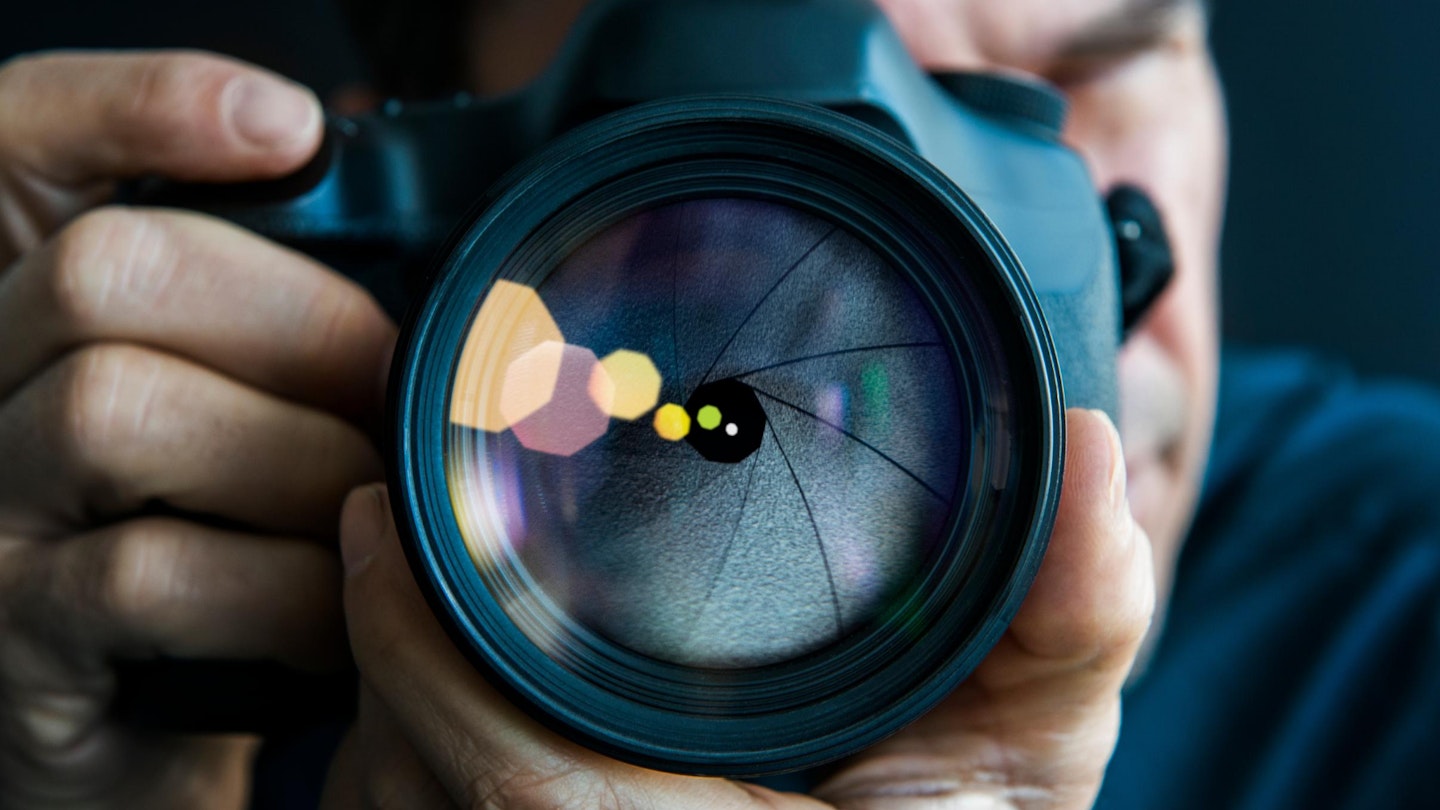Fast aperture lenses are rightly seen as the pinnacle of optics, which may explain the hefty price that’s often attached. These behemoths offer users a host of benefits, such as a shallower depth-of-field, better light gathering abilities and stunning bokeh in the out-of-focus areas.
Many professionals swear by fast apertures. The extra stops of light they capture often mean the difference between getting the shot or missing it.
While there are literally hundreds of telephoto lenses on the market, we’re limiting our search to those with a maximum aperture of f/4 and wider, and 100mm and over. Here are Kirk Schwarz’s pick for ten of the best.

This all-purpose Fujifilm zoom has a 35mm equivalent of 76-213mm, and features excellent build quality. The central sharpness here is outstanding at all lengths. Even at f/2.8 the corners are exceptional, though falter slightly at the 100mm length. However, at f/5.6 the whole image frame becomes tack-sharp once again.
Fujifilm has included O.I.S (optical stabilisation) in this lens, which will even work with the newly announced X-H1’s stabilisation system. We were able to get sharp shots at shutter speeds down to 1/30sec – a phenomenal feat.
The construction is as hardy as any in test resulting in a premium feel. It also packs in an impressive 23 elements in 16 groups, boasting 5 ED (Extra Low Dispersion) elements, as well as a Triple Linear motor for lightning-quick focusing, which is virtually noise free.
Pros
Sharp corners
Very well balanced
Optical stabilisation
Cons
Tripod mount can get in the way of zooming
Spec
Min aperture: f/22
Max aperture: f/2.8
Elements: 23/16
Filter size: 72mm
Min focusing distance: 100cm
DxH: 83x176mm
Weight: 995g
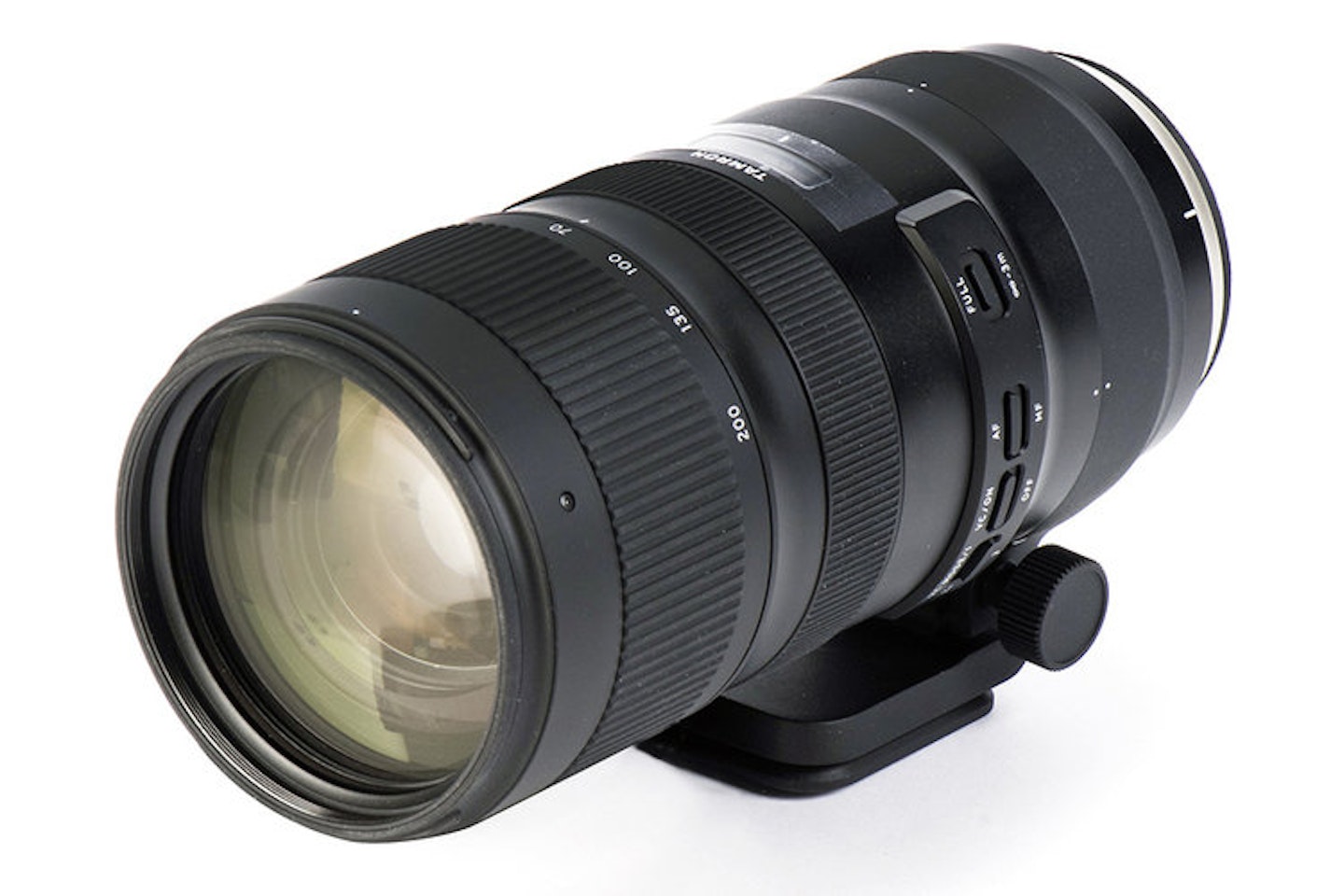
This all-purpose G2 zoom is no exception. Featuring a sturdy design with a huge 23 elements in 17 groups which include both XLD (eXtra Low Dispersion) and LD (Low Dispersion) glass, as well as an eBAND coating. This design near-eradicates ghosting, flare and aberration and during testing we didnu2019t come across any issues at all.
Sharpness is very impressive, even compared to the pricier Nikon and Canon equivalents. Wide open at f/2.8 the centre is pin-sharp, with solid corners. At f/5.6 the entire frame is incredibly sharp and returns excellent results.
Its proprietary VC (Vibration Control) optical stabilisation is included, promising 5 stops of compensation on the G2 version. This works very well, and allows you to hand-hold at slower shutter speeds than otherwise practical. Overall, this is a great lens made sweeter by the pricing.
Pros
Fits Canon and Nikon
Very sharp
Optical stabilisation
Cons
A fraction less sharp than the Canon and Nikon
Spec
Min aperture: f/22
Max aperture: f/2.8
Elements: 23/17
Filter size: 77mm
Min focusing distance: 95cm
DxH: 88x194mm
Weight: 1500g

This fast telephoto zoom from Olympus features an 80-300mm 35mm equivalent, and includes a 1.4x teleconverter as standard. Like others in test, this lens performs very well wide open with sharpest results being returned at the wider zoom ranges. Edges are a little soft at f/2.8 though they catch up from f/5.6 onwards.
Build quality is definitely impressive, managing to keep the weight down to a humble 760g. It contains 16 elements in 10 groups, which include Extra Low Dispersion elements to virtually eliminate chromatic aberration and ghosting. It also achieves a minimum focusing distance of 50cm throughout the focal range, which is excellent for a lens of this type.
The side of the lens has a function button, which can be customised to operate any often-used camera features, and the manual focus ring can be snapped to switch between manual and autofocus, however it’s a bit on the thin side for our liking and our fingers often got lost.
Pros
Includes 1.4x teleconverter
Very compact
50cm minimum focusing distance
Cons
Small focus ring
Easy to switch to MF accidentally
Spec
Min aperture: f/22
Max aperture: f/2.8
Elements: 16/10
Filter size: 72mm
Min focusing distance: 50cm
DxH: 79x160mm
Weight: 760g
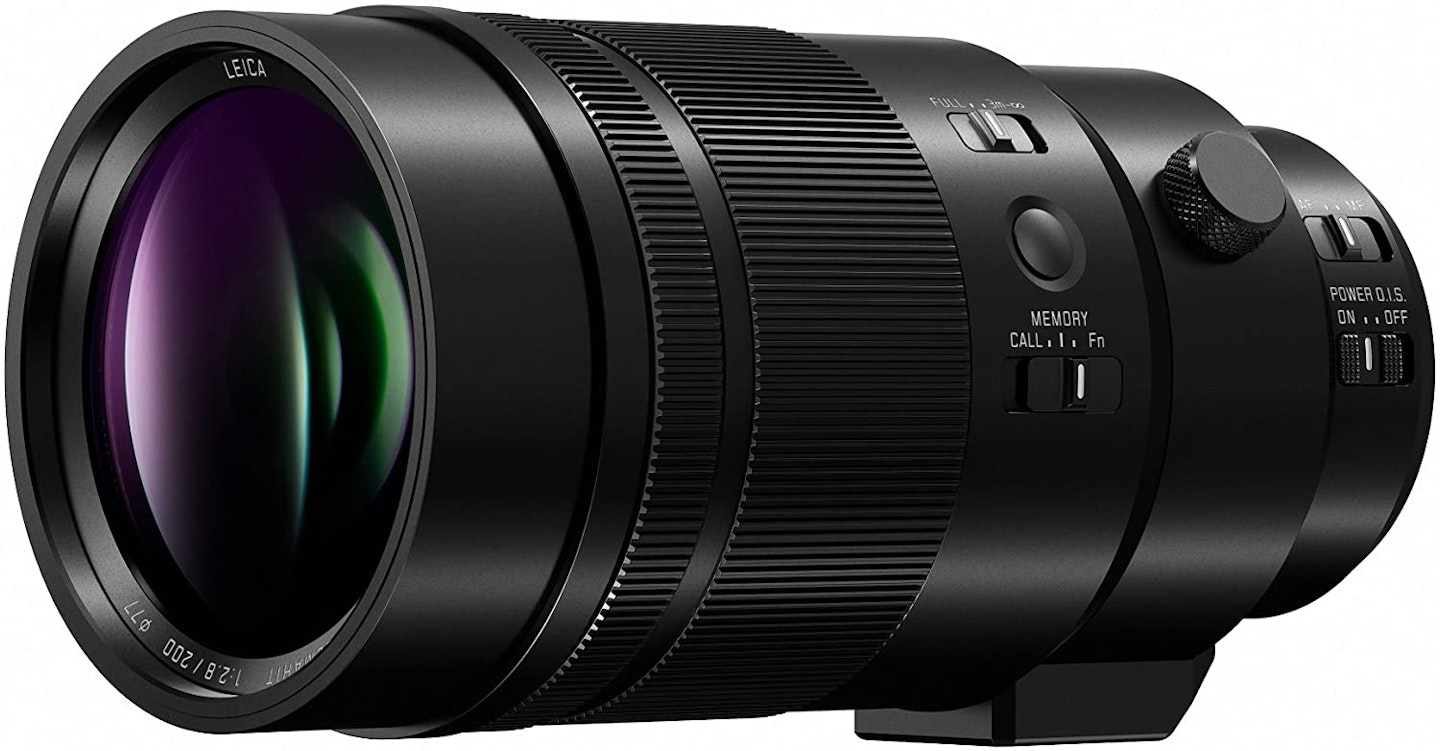
Thanks to its Micro Four Thirds fit it offers a 35mm equivalent of 400mm and comes with a 1.4x teleconverter, allowing you up to 560mm out of the box.
As is characteristic for a prime lens, the optics are very sharp and the image quality is excellent. At f/2.8 the centre is incredibly sharp and the corners get there by f/4. Using the teleconverter has a slight effect on the corners but generally the images still retain their sharpness.
It isn’t the smallest lens, but compared to full-frame counterparts it’s still compact. The build quality feels very rugged. Featuring 15 elements in 13 groups, it includes 2 Ultra-Extra Low Dispersion elements and 9 diaphragm blades for rounded bokeh (the out-of-focus areas).
Pros
Included teleconverter
Brilliantly sharp
Optical stabilisation
Cons
Expensive
Teleconverter reduces quality
Spec
Min aperture: f/22
Max aperture: f/2.8
Elements: 15/13
Filter size: 77mm
Min focusing distance: 115cm
DxH: 88x174mm
Weight: 1245g

This 3390g behemoth of a lens fits snugly into Sigmau2019s Sport line of glass and is designed to be mounted to a tripod rather than hand-held. This leads it to be rather more specialist than many lenses in test, though doesnu2019t detract from its image quality. At 120mm the sharpness is very good at maximum aperture, though the corners donu2019t catch up until f/5.6. At longer focal lengths, the entire image is uniformly sharp.
For longer focal lengths, you have the option of optical stabilisation, which should assist with slower shutter speeds. Sigma has also included HSM, resulting in extremely quick and accurate focusing which is effectively silent. This is an area in which we were incredibly impressed.
The tough metal and plastic construction is top-notch, though does add to the weight. The zoom and focus rings are large and move very smoothly. You also have switches to limit focus, change from MF to AF and turn on OS.
Pros
Optical stabilisation
Brilliant sharpness
Zoom range
Cons
Very heavy
Must be tripod-mounted
Spec
Min aperture: f/22
Max aperture: f/2.8
Elements: 23/18
Filter size: 105mm
Min focusing distance: 150cm
DxH: 125x291mm
Weight: 3390g

Strictly speaking, this telephoto is a macro lens, capable of 1:1 life-size reproduction. While it may seem like a wild card, it can be used as a traditional telephoto to great effect, making it extremely versatile.
It offers the usual high-quality Sigma construction that we’ve come to expect, as well as 19 elements in 14 groups, boasting 3 FLD (Low Dispersion) elements. It also boasts a tiny minimum focus distance of just 47cm, perfect for close-up work.
Of course, the optics here are seriously sharp throughout the entire image frame. Even wide open at f/2.8 the corners are virtually as good as the centre, and from f/5.6 this lens is extremely hard to beat. You’ll also be hard-pressed to find chromatic aberration or distortion, thanks to this being a prime lens.
The OS (Optical Stabilisation) allows shooting at slower shutter speeds, while the Hyper Sonic Motor provides fast autofocus. There is no doubt that this is a great all-rounder, and not just for macro.
Pros
1:1 macro ability
Very sharp
Optical stabilisation
Cons
Heavy
May need tripod-mounting
Spec
Min aperture: f/22
Max aperture: f/2.8
Elements: 19/14
Filter size: 86mm
Min focusing distance: 47cm
DxH: 95x204mm
Weight: 1640g
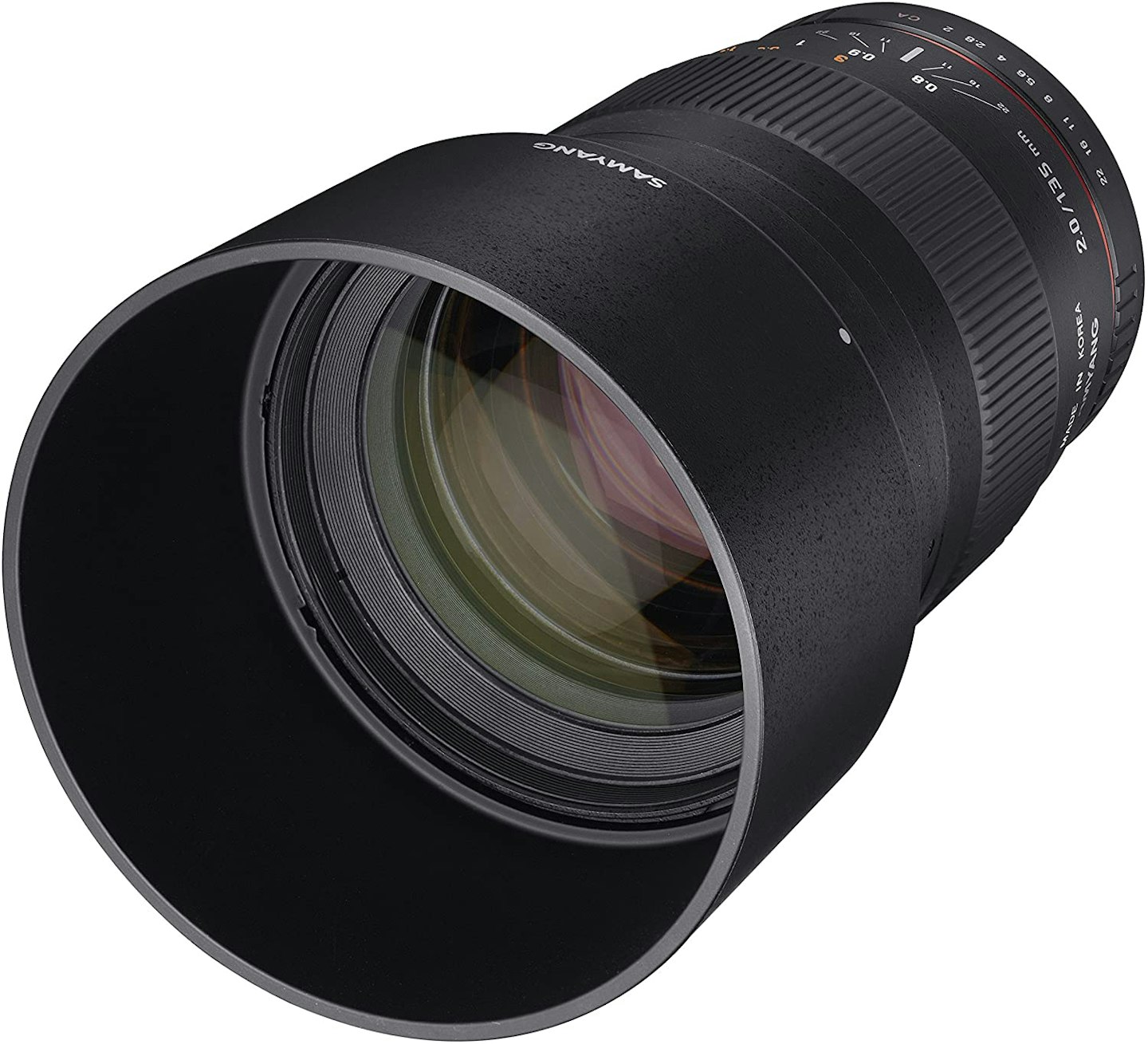
At 135mm, this lens is firmly in portrait territory, and its wide f/2 aperture returns seriously smooth out-of-focus areas, or bokeh, ideal for creating separation between your subject and the background.
The lightweight but tough body comprises a mix of metallic barrel and high-quality plastics as well as a large rubber focusing ring and manual aperture ring. This is ideal since there are no electronic components and everything must be controlled manually. Both rings rotate easily and smoothly, making this a joy to use.
Importantly, this lens is incredibly sharp – f/2 returns amazing results, and the corners catch up by f/5.6. The distortion and aberration are also well controlled, though there’s slight vignetting at wider apertures. Dimensions vary between camera mounts, so the size and weight figure given is an average.
Pros
Very sharp optic
Excellent construction
Great price
Cons
Manual focus
Expensive
Slight vignetting
Spec
Min aperture: f/22
Max aperture: f/2
Elements: 11/7
Filter size: 77mm
Min focusing distance: 80cm
DxH: 82x135mm
Weight: 830g
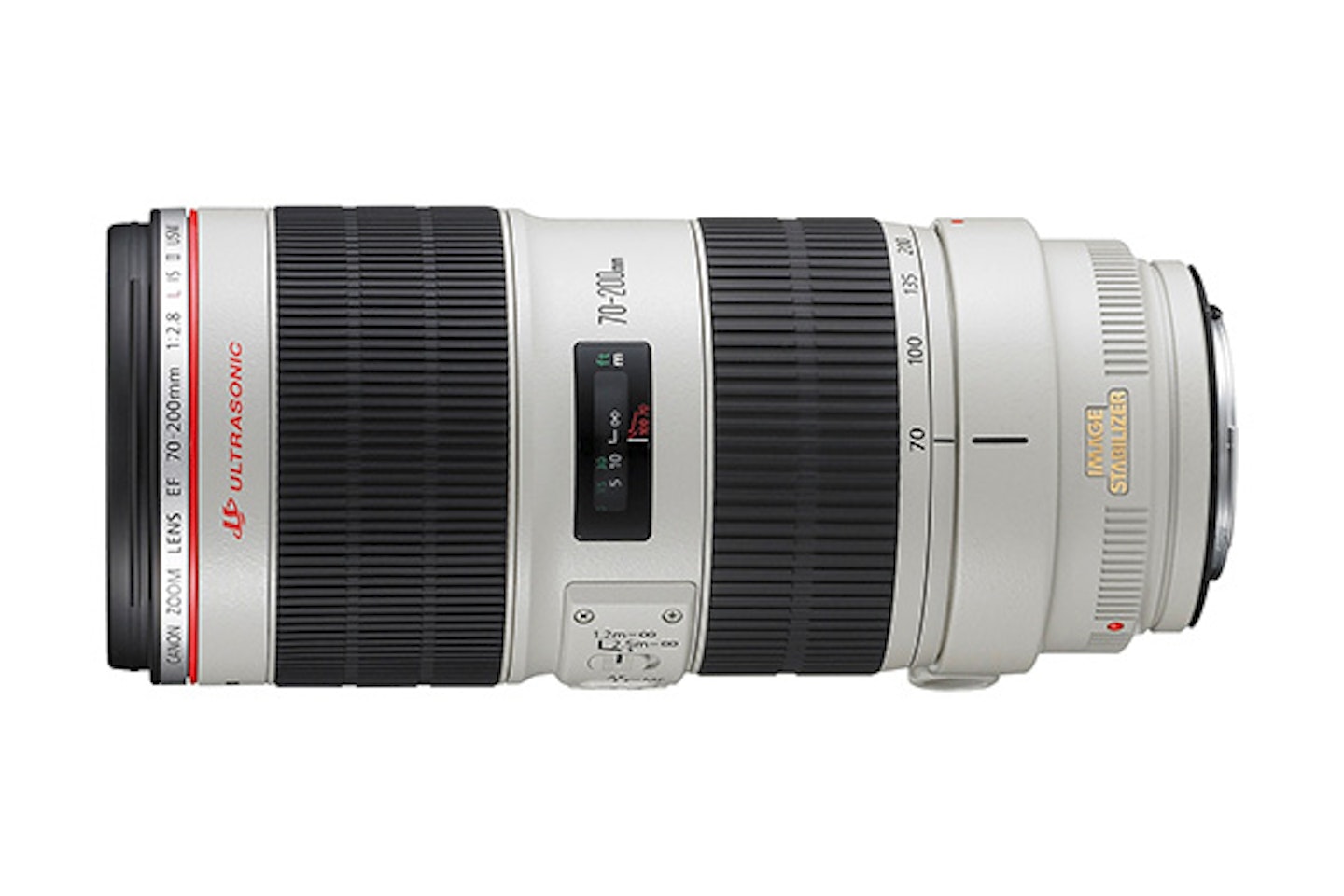
This lens is tough and built for the rigours of professional use, featuring dust and water-resistance. Four-stop image stabilisation is available with two modes for static and moving subjects. The autofocus is fast and near-silent, locking onto subjects with ease, and the minimum focus distance is 120cm. A rubber mount seal helps to keep dust and moisture out of the camera body. This lens is only available with a Canon mount.
This lens looks and feels like a quality piece of glass and handles equally as well. The large focus ring at the front of the lens is smooth to turn and provides an amount of resistance that’s comfortable to turn. The zoom ring produces more resistance but this works well for the function and keeps zoom exactly where you set it. Like the other more expensive options, this Canon lens features a focus range limit switch to change between the minimum focus distance of 1.2m to infinity – 2.5m to infinity. All lens controls can be found on the left-hand side of the lens and can be changed with ease.
When it comes to image quality the Canon is a reliable performer and very sharp. There’s a small amount of barrel distortion at 70mm, but at 200mm there’s no distortion visible.
Pros
Optical stabilisation
Canon L design
Very sharp centres
Cons
A tad plasticky
Expensive
Heavy
Spec
Min aperture: f/32
Max aperture: f/2.8
Elements: 23/19
Filter size: 77mm
Mini focusing distance: 120cm
DxH: 89x199
Weight: 1490g
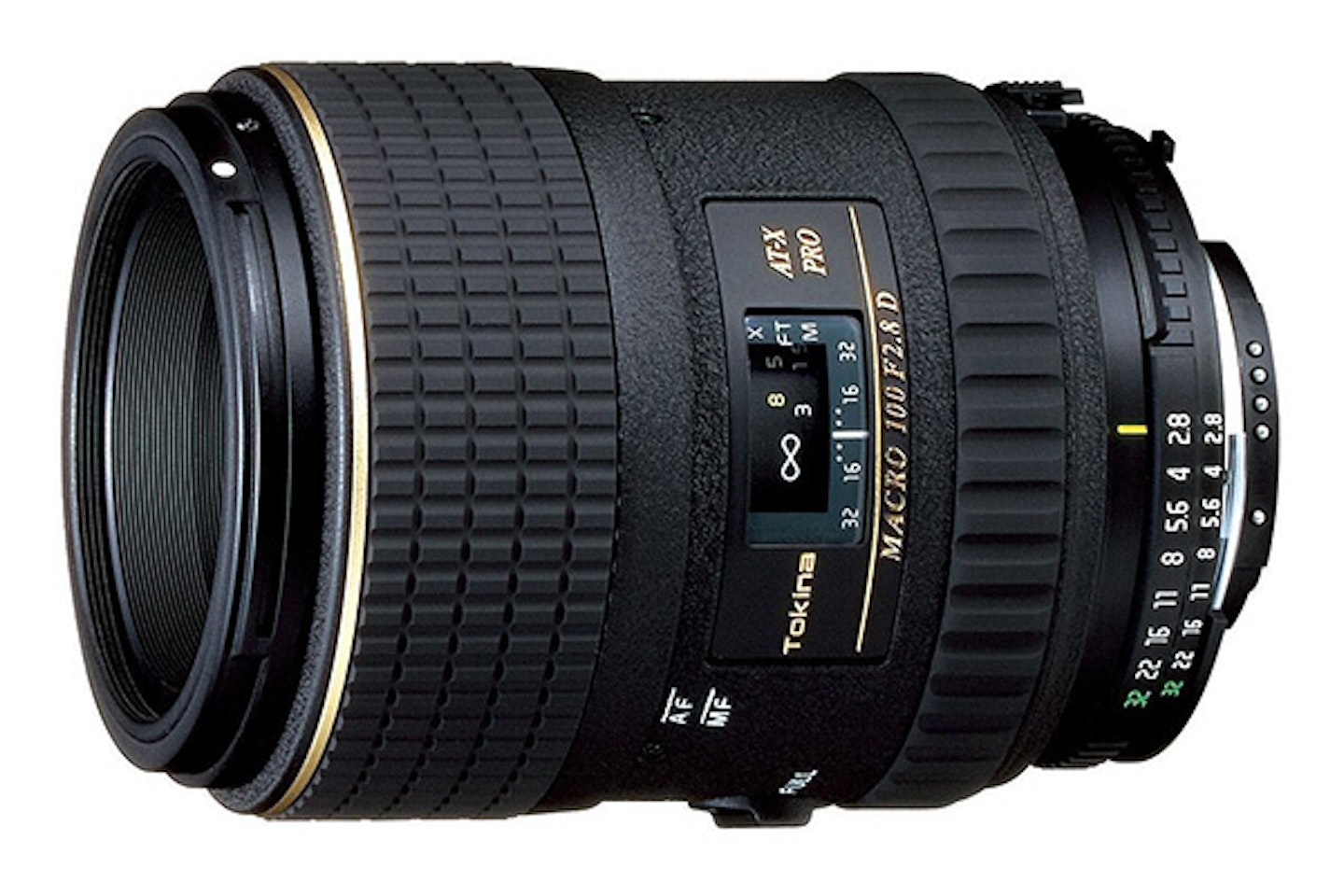
Coming in as a budget-friendly option, this Tokina macro lens is ideal for either 1:1 close-ups or everyday telephoto use. When mounted on an APS-C sensor, it offers a 150/160mm focal length, with a wide f/2.8 maximum aperture.
The construction here is solid, and it definitely belies the sub-£400 price-tag. The plastic finish is sturdy and the large focus ring is chunky and smooth to operate, even utilising a push/pull design to switch between manual and autofocus on the fly. It packs in 9 elements in 8 groups, and a switch which allows you to limit the focus, perfect to cut down on pesky AF hunting.
The sharpness of this lens, while not the best in test, is still very respectable. Wide open, at f/2.8, the centre is pleasingly sharp, though the corners are a little softer than others in test. By the time you move up the aperture to f/5.6, the sharpness really comes into its own, with the sweet spot laying between f/5.6 and f/11. We also noticed slight chromatic aberration, though this is easily edited out.
Pros
Lightweight
Push/pull focus system
Solid build
Cons
Soft edges
Not the fastest AF system
No stabilisation
Spec
Min aperture: f/32
Max aperture: f/2.8
Elements: 9/8
Filter size: 55mm
Min focusing distance: 30cm
DxH: 74x95mm
Weight: 540g
.jfif?auto=format&w=1440&q=80)
A resident in some of the most famous kit bags in the world, the VR II is a phenomenal lens, even though itu2019s been usurped by the newer FL version. It features a reassuringly tough build quality, with pleasingly chunky focus and zoom grips, which hides 21 elements in 16 groups, including 7 ED (Extra low Dispersion) elements and Nano Crystal Coating to reduce aberration and flare. It also handles vignetting and distortion as well as others in test, regardless of the focal length.
We’ve no complaints about sharpness – it’s extremely good. Even at f/2.8 the centre of the image is pin-sharp, though the corners take a while to catch up. Once you get to f/5.6, this lens is sharp throughout and returns stunning results. The autofocus system is also very good with focus achieved quickly and accurately every time.
This Nikon is definitely extremely capable and will not disappoint you. However, this is reflected in the price-tag, which may be off-putting.
Pros
Optical stabilisation
Weather resistant
Solid AF
Cons
Heavy
Expensive
Getting old
Spec
Min aperture: f/22
Max aperture: f/2.8
Elements: 21/16
Filter size: 77mm
Min focusing distance: 140cm
DxH: 87x205mm
Weight: 1540g
Subscribe to the What’s The Best Newsletter to keep up to date with more of the latest reviews and recommendations from Kirk and the rest of the What’s The Best team.
Kirk Schwarz is a tech-addicted photographer with over a decade's experience; Kirk’s used to putting new gear through extreme field testing. He's previously written for Practical Photography.
